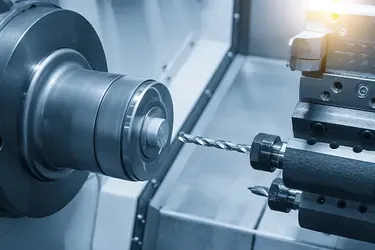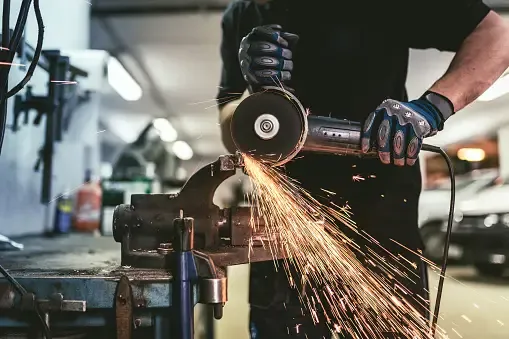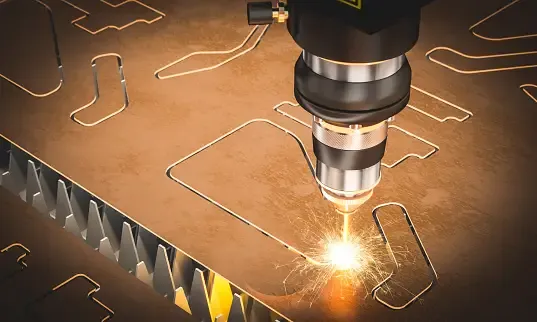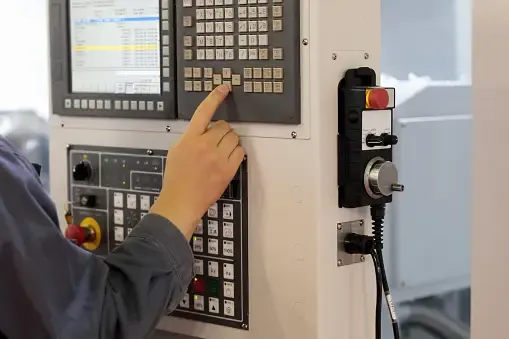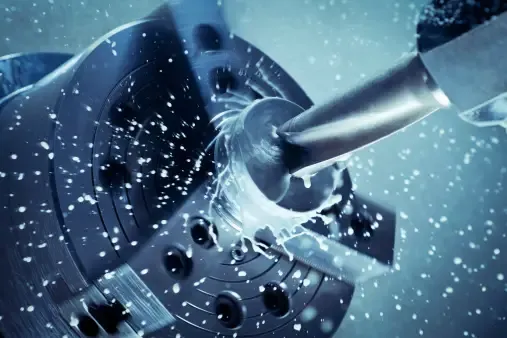A Comprehensive Guide to Essential Machining and Cutting Tools
In the world of manufacturing and metalworking, precision and efficiency are paramount. The right tools can make the difference between a successful project and a failed one. This guide covers essential machining and cutting tools, including grinders, circular saws, plasma cutters, laser cutters, machining centres and drills. Understanding these tools will help you choose the best equipment for your specific needs.
Grinding Machines: Precision and Finish
Grinding machines are essential for achieving high precision and fine finishes on metal and other materials. They use an abrasive wheel to remove material from a workpiece. Here are some of the main types:
1.Surface grinders: Ideal for producing smooth finishes on flat surfaces. They use a rotating wheel that moves back and forth across the workpiece.
2.Cylindrical grinders: Used for shaping the external surface of cylindrical objects. They can handle a variety of shapes including straight, tapered and contoured surfaces.
3.Centreless grinders: Have no spindle or fixture to hold the workpiece, instead using two rotating wheels to hold and rotate the workpiece. They are excellent for high volume production.
4.Tool and cutter grinders: Versatile machines used to sharpen tool bits and other cutting tools. They can perform cylindrical, surface and complex grinding operations.
5.Bench grinders: Smaller bench mounted machines used for smaller grinding tasks. They are commonly used in DIY projects and small workshops.
Circular Saws: Versatile Cutting Tools
Circular saws are power tools that use a toothed or abrasive disc to cut through various materials. Here are some common types:
1.Sidewinder circular saws: These have a motor positioned next to the blade. They are compact, lightweight and suitable for a wide range of cutting tasks.
2.Worm drive circular saws: Have a motor positioned at the rear, with gears providing more torque. They are ideal for heavy duty cutting.
3.Hypoid circular saws: Similar to worm drive saws, but with a different gear system that allows for quieter operation and less maintenance.
4.Compact circular saws: Smaller and lighter, perfect for confined spaces and fast cuts.
5.Abrasive circular saws: Use an abrasive disc instead of a toothed blade, suitable for cutting hard materials such as metal and masonry.
Plasma Cutters: Precision in Metal Cutting
Plasma cutters use a high-speed jet of ionised gas to cut through electrically conductive materials. They are renowned for their precision and speed. Here are the main types:
1.Hand-held plasma cutters: Portable and easy to use, suitable for small to medium cutting jobs.
2.Mechanised plasma cutters: Integrated into CNC (Computer Numerical Control) machines for automated cutting processes. They offer high accuracy and repeatability.
3.High definition plasma cutters: Offer superior cut quality and precision, often used for intricate and detailed cuts.
Laser Cutting Machines: High Precision and Versatility
Laser cutting machines use a focused beam of light to cut materials with high precision. Their applications span several industries:
1.Metal fabrication: Creating intricate shapes and designs with minimal material waste.
2.Automotive industry: Producing components such as body panels, exhaust systems and interior trim.
3.Electronics: Producing precision components such as circuit boards and housings.
4.Medical devices: Producing implants, surgical instruments and other medical devices with high precision.
5.Aerospace: Producing complex parts that require tight tolerances and high quality finishes.
Machining Centers: Multi-Functional Machining
Machining centres are advanced machines that perform multiple machining operations. Here are the main types:
1.Vertical machining centres (VMC): Have a vertically oriented spindle and are suitable for various milling operations. Commonly used in the automotive and aerospace industries.
2.Horizontal machining centres (HMC): Have a horizontally oriented spindle and are ideal for machining heavier and larger workpieces. They offer better chip evacuation and longer tool life.
3.5-axis machining centres: Can move the workpiece along five different axes, allowing complex and precise machining operations.
4. Gantry machining centres: Have a gantry structure that provides high stability and accuracy for large workpieces.
Drilling Machines: Creating Precision Holes
Drilling machines are used to make holes in various materials. Here are the most common types:
1.Portable drills: Hand-held drills used for small drilling jobs. Versatile and easy to use.
2.Bench drilling machines: Bench mounted for more precise and stable drilling operations.
3.Radial drilling machines: Have a pivoting arm, making them suitable for drilling large and heavy workpieces.
4.Upright drills: Floor-mounted machines that provide high stability and are used for larger drilling tasks.
5.Multi-spindle drills: Featuring multiple spindles, they can drill multiple holes simultaneously, increasing productivity.
6.CNC Drilling Machines: Automated machines that perform complex drilling operations with high precision and repeatability.
Conclusion
Understanding the different types of grinders, circular saws, plasma cutters, laser cutting machines, machining centres and drilling machines will help you choose the right equipment for your specific needs. Each type of machine has its own unique advantages and applications, making it indispensable in different industries. Whether you are cutting metal, fabricating components or drilling precise holes, the right tool can make all the difference in achieving quality results.


